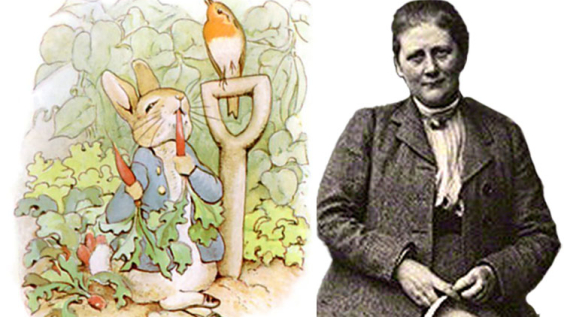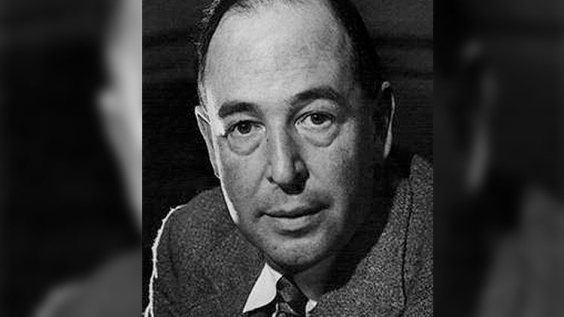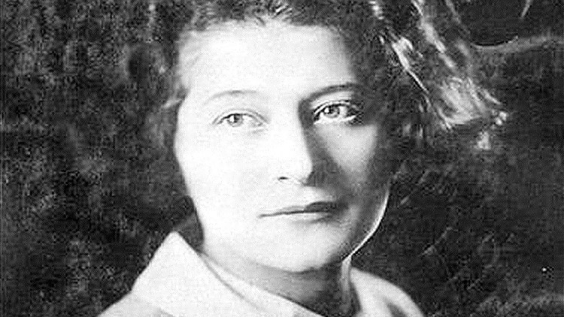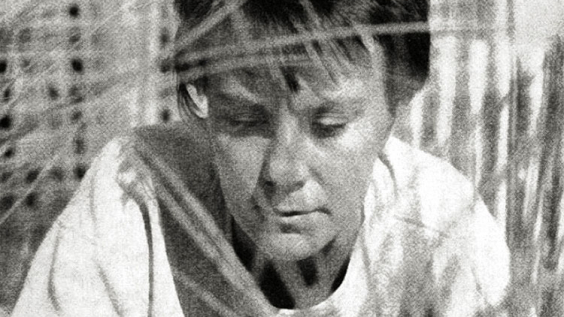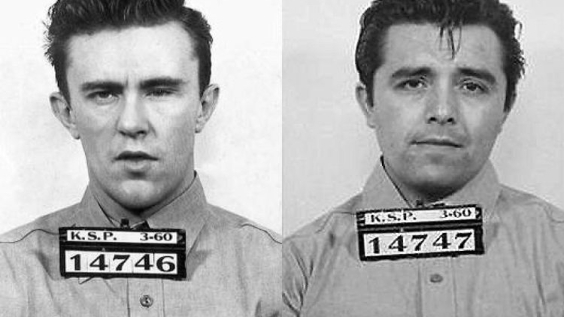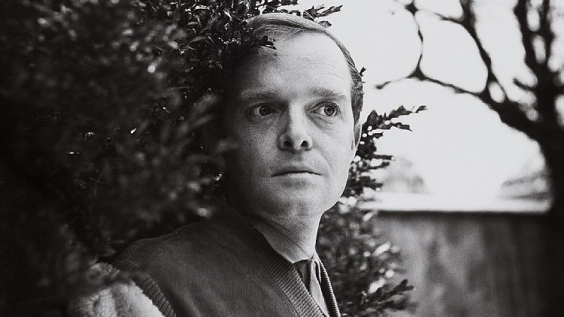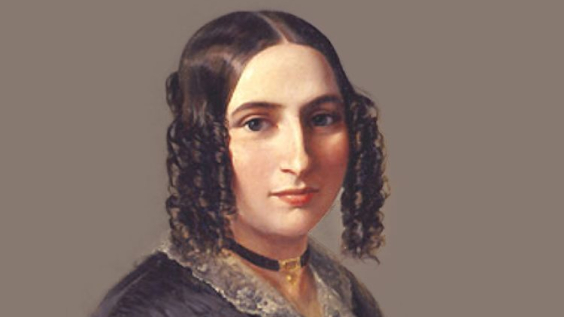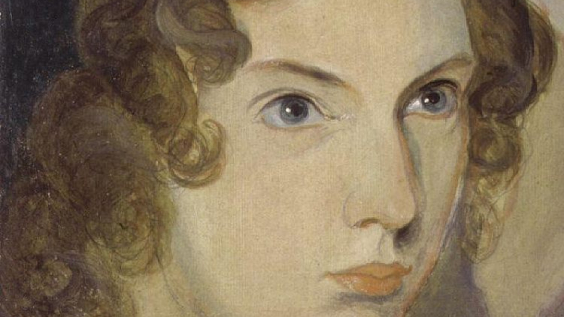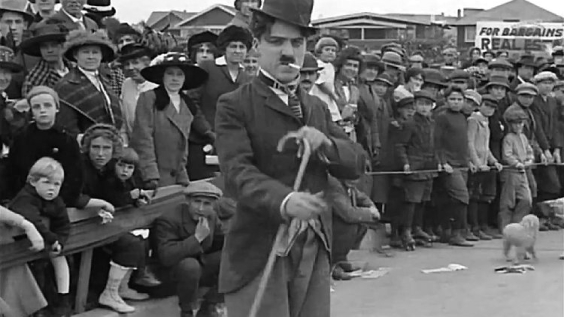
The third of the four crime novels featuring the famous detective Sherlock Holmes, The Hound of the Baskervilles by Sir Arthur Conan Doyle was serialised in The Strand Magazine from August 1901 to April 1902. It is set largely in Dartmoor in Devon, and tells the story of murder and attempted murder committed by a fearsome, supernatural, huge and glowing hound.
After gathering preliminary information in London, Holmes and Watson are summoned to Baskerville Hall in Dartmoor to investigate the sudden death of its last resident, Sir Charles Baskerville. Holmes opts to stay behind, and sends Watson there alone. The supernatural hound is said to have first appeared in the 18th century after killing the then-owner Hugh Baskerville. Rumours swirl in the village about the circumstances of Charles’ death, and many suspects, such as house staff Mr. and Mrs. Barrymore, are scrutinised by Watson. At the same time, an escaped convict is on the loose and is said to be roaming the moors.
All the while, the heir to Baskerville Hall, Henry Baskerville, is worried that he is being followed. In London, he received a note that warned him to not come to Baskerville, and discovered that one of his shoes had been stolen. He spends time with neighbours Jack and Beryl Stapleton, who are siblings. Many strange occurrences happen in quick succession: Barrymore is caught creeping around the mansion at night, Watson sees a mysterious figure wandering the moors, a dog’s howling is heard and Watson learns that Charles and a local woman called Laura Lyons had an encounter on the night of his death.
Watson soon discovers that at night, Barrymore is attempting to help the escaped convict, who is his brother-in-law. He also learns that the mysterious figure on the moors is none other than Sherlock Holmes himself, who wanted to keep a low profile in order to be better able to investigate. Holmes deduces that Mr. Stapleton is in line to inherit the Baskerville fortune. Laura Lyons was used by Stapleton, who promised to marry her and also convinced to request then miss a late night appointment with Sir Charles. At the late night appointment, Charles was lured onto the moors, at which point Stapleton released his terrifying, phosphorescent hound which frightened the nobleman to death.
In a dramatic final scene, Holmes and Watson use Henry as bait to catch Stapleton in the act of attempting to kill Henry with his hound on the moor. In his panic to escape, Stapleton drowns in a marshland on the moors. Beryl Stapleton, who it emerges is actually Jack’s wife and not his sister, is discovered tied up in their house, because she refused to participate in the scheme. She was also responsible for sending Henry the advance warning note in London. Holmes also deduces that Henry’s shoe was stolen to provide a scent for the hound to trail him. At the end of the novel, Henry Baskerville goes on holiday to calm his frayed nerves.
The novel marked the first appearance of Sherlock Holmes since his apparent death in The Final Problem (1893), and the stellar success of The Hound of the Baskervilles led to the character’s revival. It is commonly thought of as one of Conan Doyle’s best works, and has been adapted numerous times for screen.
Here’s a breakdown of 4 of the key themes in Sir Arthur Conan Doyle’s The Hound of the Baskervilles.
Superstition vs. Rationalism
A primary theme of The Hounds of the Baskervilles is the conflict between rationalism and superstition. Much of the speculation surrounding the hound focuses on supernatural explanations, which Sherlock Holmes steadfastly refuses to believe. However, in the face of little rational evidence, many of the characters are drawn to the belief that the murders have been committed by a monstrous, mythological hound.
However, Holmes possesses intellectual powers such as reasoning and sharp observational skills, meaning that he approaches problems from a scientific standpoint and avoids turning to superstition or religion as causes for unexplained occurrences. Instead, Holmes looks for clues where others haven’t looked, and is certain that there is always a rational explanation, if you know where to look for the right evidence. Indeed, Holmes prizing the power of the mind and rationality above all else ultimately leads to the case being solved.
Further, the story represents a take on the Gothic tradition, which prizes themes surrounding the bizarre or unexplained. The central, mysterious hound, an old family curse and even Baskerville Hall itself set up a Gothic-style mystery that is trumped by Holmes’ exceptional powers of reasoning.
Urban life v. country life
The distinction between city and country and the way it alters characters’ perceptions is explored throughout the novel. The opening of the novel in London sees Holmes and Watson rely on rationality to unearth the early clues of the case, and they are certain that their powers of reasoning will lead them to the truth. They are equally certain that reports of a supernatural hound are superstitious nonsense.
However, Watson’s perception changes upon spending time in the countryside; he feels himself more driven to the possibilities of the unnatural and superstitious when isolated in the countryside. Where the bustle of the city allows for a scientific approach, the gentle, pastoral atmosphere of the countryside dissuades it. Watson’s attitude towards the countryside and its inhabitants is similarly marked; he calls Devonshire people primitive, and Baskerville Hall an evil place.
This is further pronounced by the fact that the common people of Devonshire believe in the curse of the hound, and are only ‘saved’ from their superstitious thoughts by people from the city coming to the countryside to set the record straight.
Moral, legal and social order
Many of the novel’s key issues hinge upon an established social class system or order. Importantly, professional police forces did not exist in London until the 19th century, so Sherlock Holmes’ drive to investigate crimes is both motivated by a desire to restore social order and challenge his intellect. Moreover, even when he is deceitful, Holmes uses it for the ultimate good of catching the criminal: he believes in the inherent value of said social order.
The class system within the novel is a parallel to the society that Doyle lived in: as a well-to-do intellectual, he translates many of the structures and assumptions of turn-of-the-century English society into his fiction. For instance, Sir Henry’s servants appear fairly docile, and Mr. and Mrs. Barrymore are quickly found out when attempting to help the convict, Mrs. Barrymore’s brother. Even when Watson sees the convict, instead of appearing as a dangerous murderer, he is described as rodent-like and pathetic.
The class divide of the piece is most pronounced when we consider that the whole plot of the novel depends on entitlement and inheritance: characters are willing to be deceitful, cunning and murderous to gain access to something which is fundamentally not available to them based upon merit, but lineage and bloodline.
Chapters of The Hound of the Baskervilles
The Hound of the Baskervilles – Chapter 1
The Hound of the Baskervilles – Chapter 2
The Hound of the Baskervilles – Chapter 3
The Hound of the Baskervilles – Chapter 4
The Hound of the Baskervilles – Chapter 5
The Hound of the Baskervilles – Chapter 6
The Hound of the Baskervilles – Chapter 7
The Hound of the Baskervilles – Chapter 8
The Hound of the Baskervilles – Chapter 9
The Hound of the Baskervilles – Chapter 10
The Hound of the Baskervilles – Chapter 11
The Hound of the Baskervilles – Chapter 12
The Hound of the Baskervilles – Chapter 13
The Hound of the Baskervilles – Chapter 14
The Hound of the Baskervilles – Chapter 15
For an analysis of the novel’s main characters and what they represent, click here.



